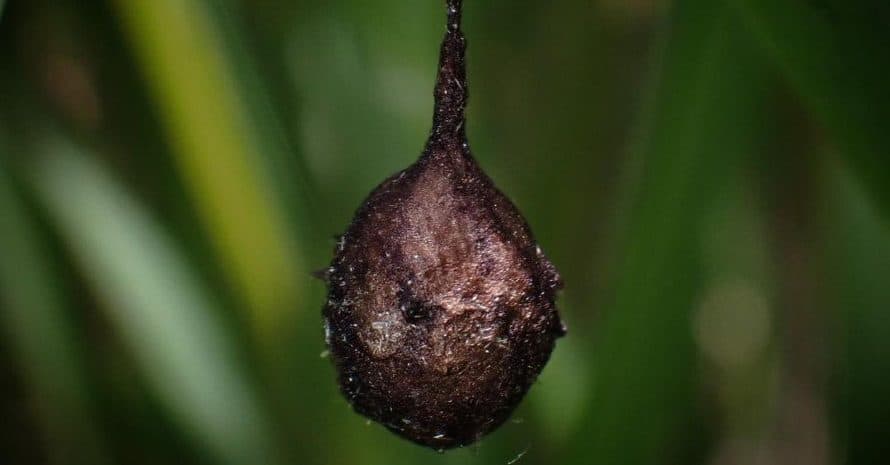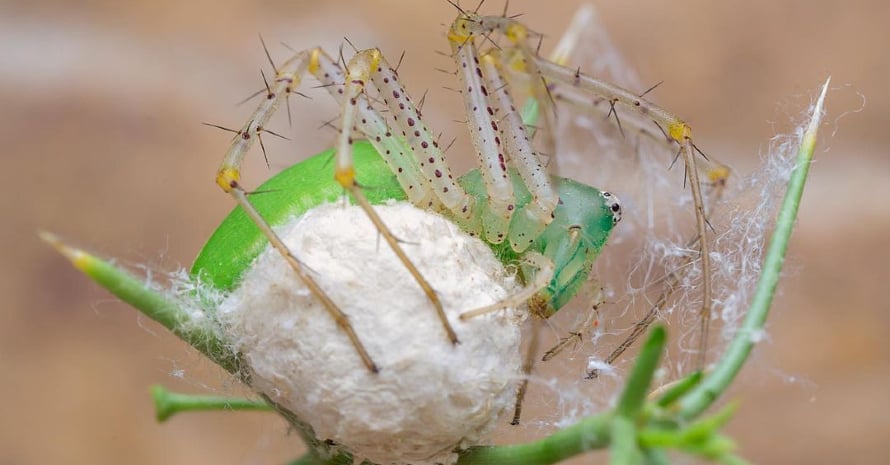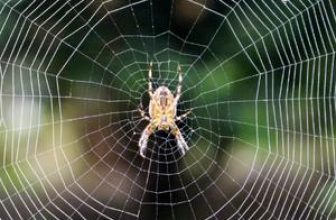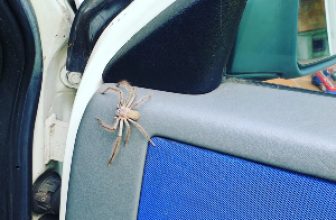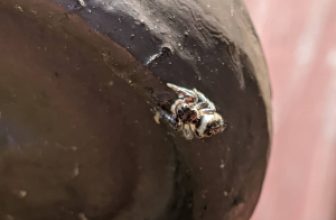Unlike most pests, spiders don’t bring much damage to the house or to your health. They can’t destroy wood construction like termites or cause food poisoning like flies. In the US, there are only two types of venomous spiders: Black widow and Brown recluse. However, arachnophobia, the fear of spiders, is one of the most widespread phobias all over the world. In this article, I will explain when you should be concerned about spider infection and how to get rid of spider eggs to solve this problem once and for all.
- Identify the egg sac and learn if you house spider eggs of ordinary or venomous spiders.
- Wear protective clothing to prevent biting: thick gloves, long sleeves, and long pants. Avoid leaving skin open.
- Unclutter your house and accurately clean it with a vacuum cleaner. Collect all web, spiders, and sacs.
- If you are dealing with venomous species, freeze the bag for 24 hours and empty it outdoors.
Where to Search and How to Get Rid of Spider Eggs
Spiders feed on other insects and that is the reason why they belong to pests and to beneficial insects at the same time. On one hand, they attack pollinators indirectly by damaging plants. On the other hand, spiders also control the population of more harmful pests like flies and mosquitos, preventing a number of desires from spreading. A few spiders indoors are not a reason for concern, you can fix it by more regular cleaning. However, if cleaning doesn’t help, spiders might be a sign you have spider egg sacs indoors.
Identifying a spider egg sac
Spider egg sac identification is the first step to getting rid of spiders. Spider eggs look like tiny drops of fluid you hardly can notice with the naked eye. Eggs are not laid separately, they are contained in a sac, and therefore they are easy to remove. A sac is made of the same silk threads spiders create webs. It might have the shape of a round ball, a disc with a rounded part in the middle, or just a mass of silk.
They vary in size, but generally, a spider sac is no bigger than a dime. The color also can be different including white, cream, gray, and even dark brown shades.
A sac appearance can help you identify which species have settled inside your house. It is important to know how venomous spiders’ sacs look since they can be a warning sign before you suffer from an adult individual.
- Black widows spin funnel-shaped webs. Their sacs look like beige or yellow smooth round balls 0.39 to 0.49 inches big.
- Brown widows’ sacs are similar to those black widows spin, but they are covered with little spikes.
- Brown recluse’s web is flat and has no pattern. Their sacs are bigger than widows’ ones, they are about 0.6 inches and have no regular shape.
A sac can contain up to 300 eggs, and when spiders emerge, it is no more possible to catch every individual. Thus the only challenge about fighting spiders is that you have to kill spider eggs before they hatch.
Spider egg locations
A location a female spider selects to inhabit and leave its sacs depends on the species it belongs to. However, spiders tend to avoid people and when they settle indoors, they place a sac in dark hard-to-reach places to ensure their safety. If you notice an enormous amount of spiders and, what is more important, small young spiders, that is a clear sign you need to start deep cleaning.
You can find spider egg sacs everywhere where a spider can spin a web: under the furniture, on the highest shelves, and in the other dark corners. Spiders can create a number of sacs in different places, so you need to search all over the place to not miss one.
Step by step: removing spider egg sacs
There are always a few spiders indoors, but if you notice that their population increases and young spiders appear, you need to search for their nests.
- Start deep cleaning and remove webs and sacs. Use a vacuum cleaner to do it accurately and prevent spiders from escaping.
- Empty the vacuum container outdoors. Going through the vacuum cleaner most likely kills eggs and spiders, but it is better to insure yourself and take them out of the house.
- If you are dealing with venomous spiders, tightly close the bag and put it in a freezer for 24 hours. In this case, you need to make sure every individual is dead and can’t harm anyone.
Preventing spiders from leaving egg sacs in your home
Deep cleaning is crucial both for getting rid of insects and for preventing them. Any spider nest eggs in dark cluttered areas where no one can prevent them from hatching. Therefore, regular cleaning is the basis of any insect prevention.
- Control humidity since some species prefer moist areas to lay eggs.
- Check cracks around the foundation, doors, and windows to prevent adult spiders from entering your home.
- Inspect your home for other insects since they can attract spiders again and again as a feed source.
FAQ on Fighting Spiders Indoors
To make fighting spiders more effective, I advise using two methods at the same time. Here are some additional questions for those who want to get acquainted with the whole range of options.
Will bleach kill spider eggs?
Bleach is a popular alternative to pesticides. If you spay it directly on the eggs, the liquid will cause chemical burns and ruin the shell. However, eggs are protected with a thick layer of silk threads, so bleach can guarantee one hundred percent efficiency.
Will bug spray kill spider eggs?
Oil-based remedies are considered the most effective against spiders, including venomous species. This way of getting rid of pests is the most effective when combined with their physical removal.
How many spiders are in a spider egg?
A spider egg contains one spider to hatch, but they are never laid alone. Spider eggs are suspended on the web, or collected in a sac. A sac can contain up to 300 eggs, and a female spider can leave dozens of sacs around a place.
How to Keep Pests Away From Your Home
Spiders can’t do much harm to your house or health except for three venomous species. A few spiders indoors is not an issue, but an increasing population is a sign of poor sanitation that can attract other, more dangerous pests. If you suspect spider infection, wear protective clothing and unclutter your place. After finding egg sacs, identify whether it belongs to ordinary spiders or to venomous ones. Vacuum them and if sacs contain dangerous individuals, freeze them. Never keep a full bag indoors to make sure there is no egg to hatch in your house.
Which way of fighting insects do you trust more: vacuum cleaning or applying chemicals? Do you think combining these methods is effective? Please share your suggestions.
Also read:
- What Does Spider Poop Look Like: Complete Removing and Prevention Guide
- How to Get Rid of a Spider Nest: Step-by-Step Guide for Beginners
- How to Get Rid of Clover Mites: Best Ideas
- How to Get Rid of Spider Mites for Beginners
- How to Get Rid of Mites: Complete Ticks Control
References:
- Types of Venomous Spiders (CDC)
https://www.cdc.gov/niosh/topics/spiders/types.html - Spiders (NPIC)
http://npic.orst.edu/pest/spiders.html - Study Finds Oil-Based Pesticides Most Effective at Killing Contents of Brown Widow Egg Sacs (Entomology Today)
https://entomologytoday.org/2015/11/03/study-finds-oil-based-pesticides-most-effective-at-killing-contents-of-brown-widow-egg-sacs/
Contents
Why You Should Trust Pest Control Hacks?
We know that pests are nasty neighbors, and it can take months to eliminate them without the right approach. Our experts use their own experience to compile articles and guides that are introductory and informative. Our authors’ opinions are independent and based on the results of practical testing of pest control tools. We do not notify manufacturers of testing of their products and do not receive payment from them for posting their items. Also, our texts are never submitted to company representatives for proofreading before placement. On the site, you will find exclusively objective ratings and reviews.

